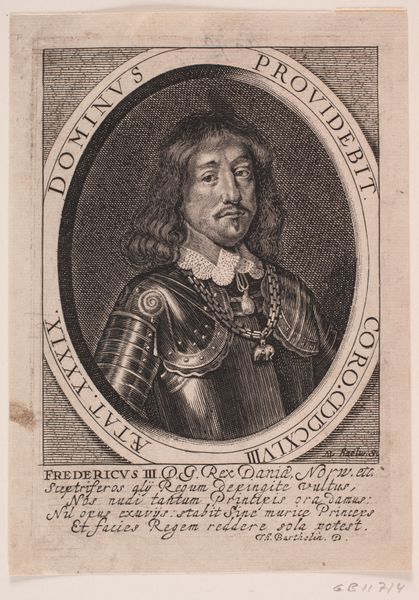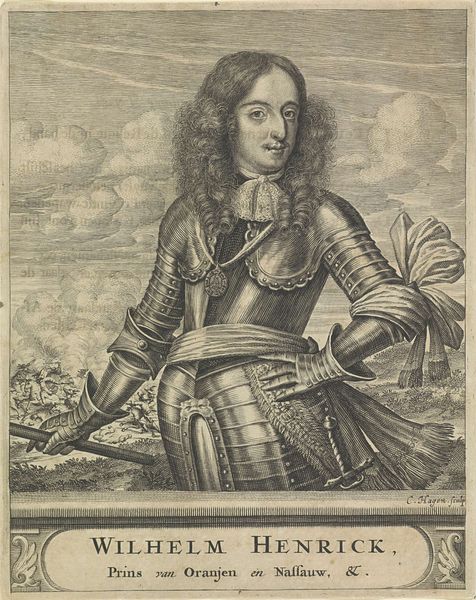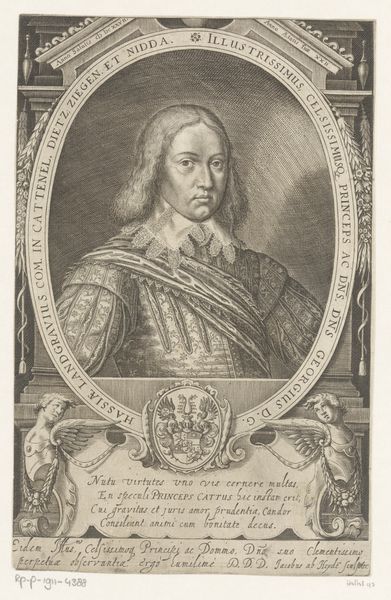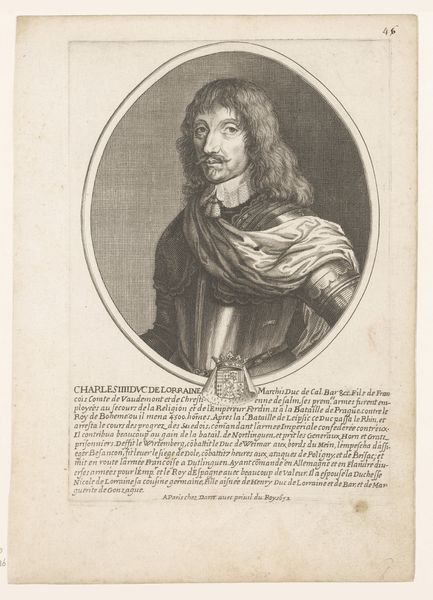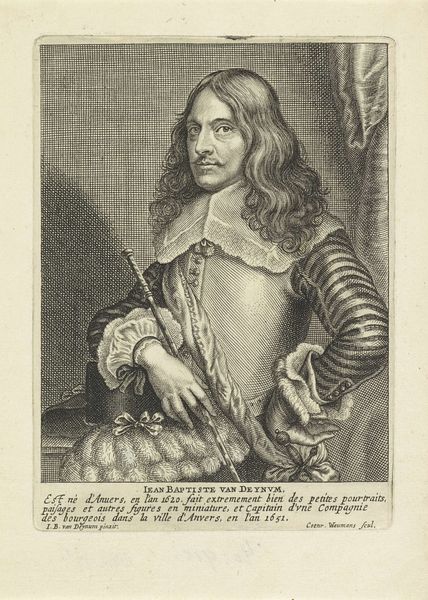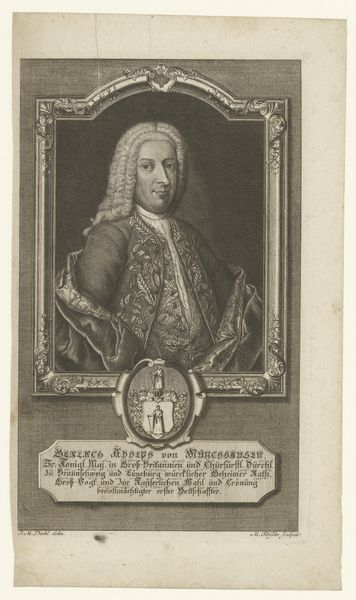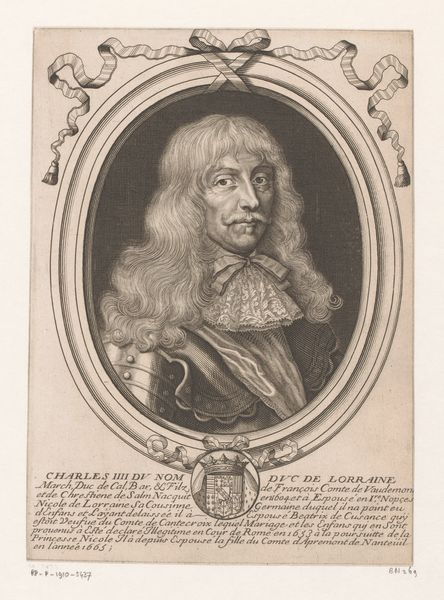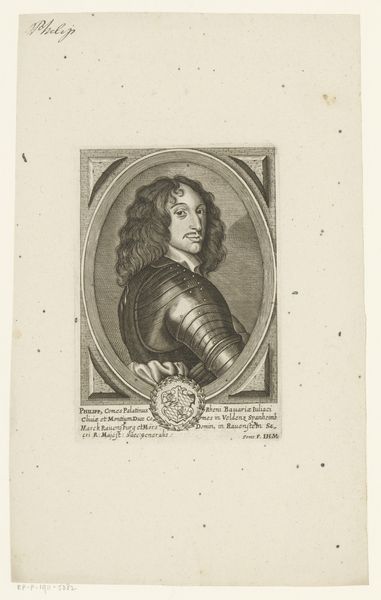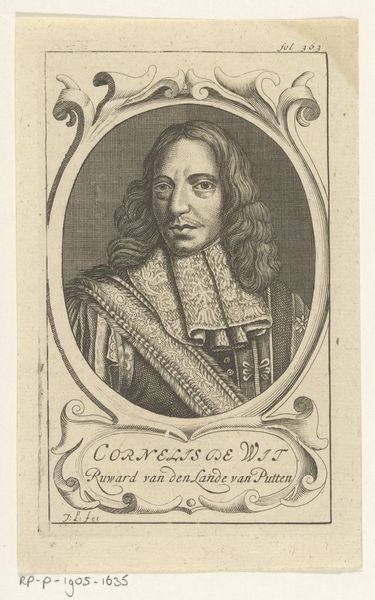
engraving
#
portrait
#
baroque
#
old engraving style
#
history-painting
#
engraving
Dimensions: height 565 mm, width 285 mm
Copyright: Rijks Museum: Open Domain
Curator: So, here we have Gaspar Bouttats' 1672 engraving depicting the murder of the De Witt brothers. It's currently held at the Rijksmuseum. Editor: Oh, wow. My immediate thought is just how much is crammed into such a small space! So much information being thrown at you, almost chaotic—but with an underlying stillness in the central portrait. Curator: Yes, engravings often packed a lot in! The context here is crucial. This print was produced in the same year that Johan and Cornelis de Witt were brutally murdered by a mob in The Hague. These brothers dominated Dutch politics for two decades before this. Editor: Murder by a mob—hence that underlying feeling of unease I picked up on, despite the formal presentation of the figure. It’s chilling. Curator: Indeed. Cornelis is the central figure depicted, but even that central figure is somewhat idealized and romanticized. Look at the armor, the globe suggesting overseas power, and the naval battle raging in the background of the upper left vignette! Editor: It feels almost propagandistic. It's trying to say "look how important, powerful and upstanding Cornelis was" rather than facing the grim reality of his death. That text below – presumably an epitaph – reinforces this sense. Did such prints like this have a specific political function at that time? Curator: Absolutely. In a period of great political and social upheaval, prints like this would circulate widely and served multiple purposes. They were commemorative objects, yes, but also tools for shaping public opinion, or even justifying an action. Depending on who was purchasing or displaying it. Editor: Knowing this really deepens the viewing experience; understanding its creation as part of the power play rather than an objective record… I see this piece with new eyes now. Curator: Precisely, and it shows the vital role imagery plays in influencing people and politics at the time. Editor: I appreciate seeing how even in an ostensibly simple engraving, you can peel back layers of meaning linked to very real, and tragic, human events.
Comments
No comments
Be the first to comment and join the conversation on the ultimate creative platform.
